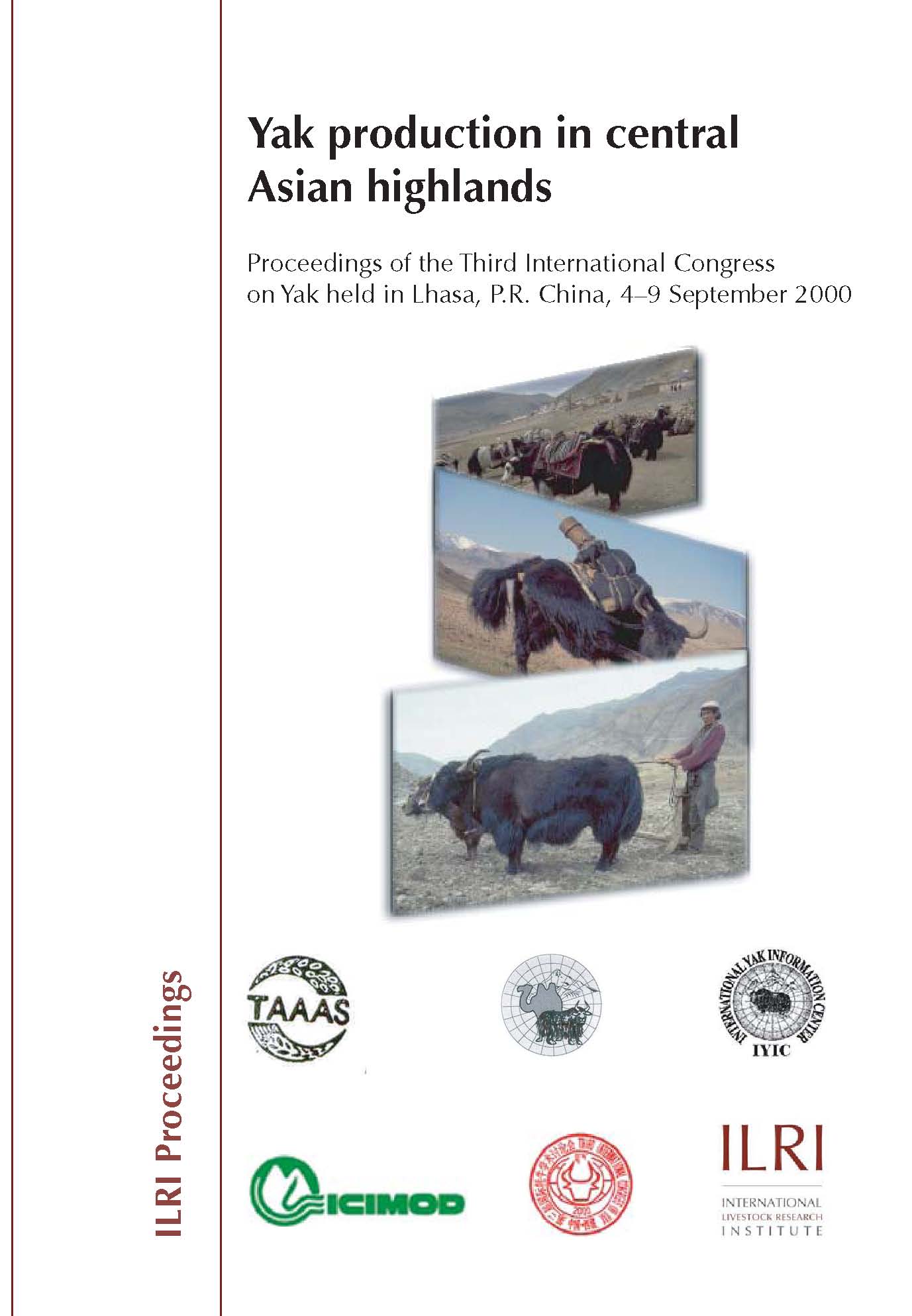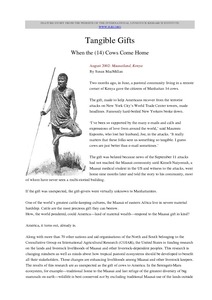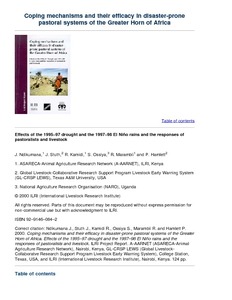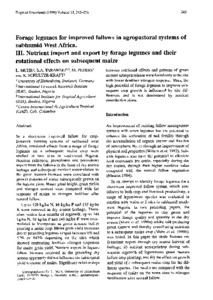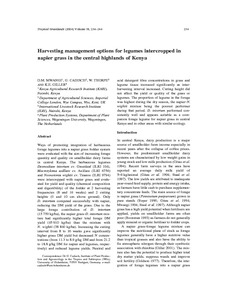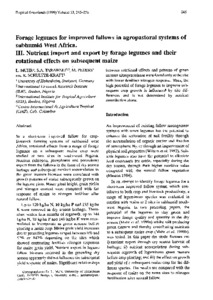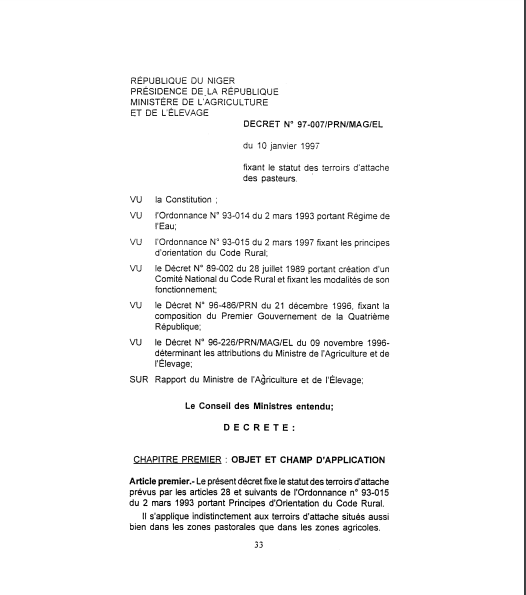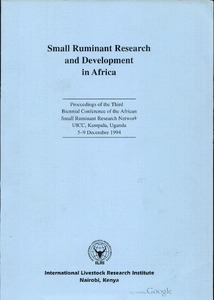Human and animal health in nomadic pastoralist communities of Chad: Zoonosis, morbidity and health services
The health of nomadic pastoralists is influenced by factors specific to their way of life.
Nomadic pastoralists depend on their livestock for subsistence, especially on the livestock’s
milk. Veterinary services provide vaccination against feared livestock diseases such as
anthrax. Agents transmissible between livestock and humans (zoonotic agents) may have an
important impact on the health status of pastoralists because they live in close contact to their
animals. However, morbidity of nomadic pastoralists in Chad had not been documented and
Asessing Rangelands
It is important for land managers and technical assistance specialists to be able to assess the health of rangelands in order to know where to focus management efforts. The complexity of ecological processes, and the inherent expense of directly measuring site integrity, suggests a need for an evaluation process that focuses instead on biological and physical attributes. In a collaborative effort, the USGS, ARS, BLM, and NRCS have jointly developed a system in which 17 indicators are used to gauge three attributes of rangeland health.
Tangible gifts: when the (14) cows come home
Coping mechanisms and their efficacy in disaster-prone pastoral systems of the Greater Horn of Africa
Forage legumes for improved fallows in agropastoral systems of subhumid West Africa. I. Establishment, herbage yield and nutritive value of legumes as dry season forage
A short-term improved fallow system based on forage legumes is suggested for crop-livestock farming systems in subhumid West Africa targeted to enhance soil fertility and dry season feed for cattle. At two sites, 13 legume species were compared with the natural fallow vegetation, the nutritive value of which typically fails to meet cattle requirements during the dry season. Establishment, dry matter yield and nutritive value of leguminous herbage in the year of establishment were evaluated as well as regeneration of legumes after a cropping phase.
Forage legumes for improved fallows in agropastoral systems of subhumid West Africa. II. Green manure production and decomposition after incorporation into the soil
A short-term improved fallow system based on forage legumes for enhancing crop and livestock components of mixed farming systems was tested in the subhumid zone of West Africa. As part of the evaluation, the ability of 11 legume species (Centrosema macrocarpum, C. pubescens, Stylosanthes guianensis, Pueraria phaseoloides, Mucuna pruriens, Zornia glabra, Dioclea guianensis, Arachis pintoi, Aeschynomene histrix, Calopogonium caeruleum, Flemingia macrophylla) to accumulate biomass and nitrogen after dry season harvest of herbage was assessed at 2 sites in south-west Nigeria.
Forage legumes for improved fallows in agropastoral systems of subhumid West Africa. III. Nutrient import and export by forage legumes and their rotational effects on subsequent maize
In a short-term improved fallow for crop-livestock farming systems of subhumid west Africa, rotational effects from a range of forage legumes on a subsequent maize crop were studied at two sites in south-west Nigeria. Nutrient (nitrogen, phosphorus and potassium) export from the fallows in the form of dry season herbage and subsequent nutrient accumulation in the green manure biomass were correlated with growth patterns of maize subsequently grown on the legume plots.
The economics of optimal health and productivity in smallholder livestock systems in developing countries
Livestock kept or produced in smallholder farming systems are an important component of the agricultural economy in the developing world. The role of livestock on smallholder farms varies widely, providing draught power for crop production or as a production activity for subsistence needs or market sale under systems ranging from extensive pastoralist to intensive, peri-urban feeder and dairy systems.
DECRET N.97-007/PRN/MAG/EL
Decret fixant les statut des terroirs d'attache des pasteurs
Small ruminant research and development in Africa: proceedings of the Third Biennial Conference of the African Small Ruminant Research Network : UICC, Kampala, Uganda, 5-9 December 1994
This volume contains papers and abstracts of the Third Biennial Conference of the African Small Ruminant Research Network. In addition to the keynote address, there are nine papers on Genetic Resources Enhancement and Utilisation, seven papers on Production Systems, Policy and Economics, six papers on Management and Health, 12 papers and Feeding Systems and 10 papers on Performance and Reproduction. Six poster abstracts covering the above topics add to the volume.
Fodder bank: Improving the nutrition of cattle in the subhumid zone of West Africa
ILCA acknowledged the potential for increased animal agriculture in the subhumid zone of West Africa by establishing a research base at Kaduna in northern Nigeria. FulBe agropastoralists were selected at the target group because they own most of the cattle in the zone and cattle are the predominant livestock, at least in terms of biomass and traded products. After consultation with experts, farm surveys, and a simulation analysis, ILCA chose to focus the research on overcoming the dry-season nutrition constraint.

